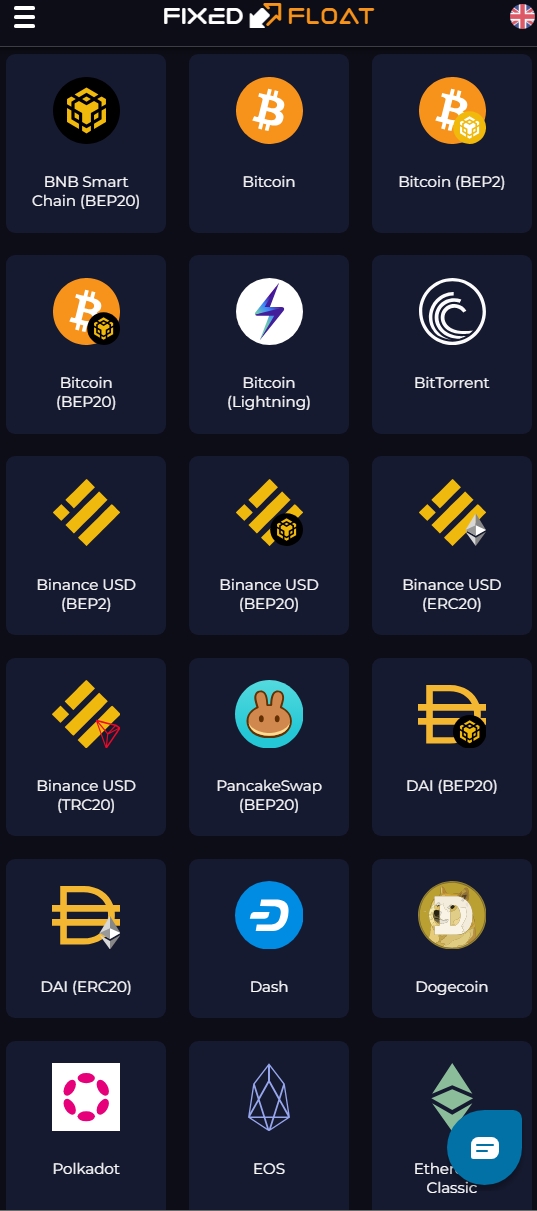Swing Index compares the actual prices (OHLC) to the prices of the previous period. As the Swing index is very volatile, it is mainly used as a part of Accumulative Swing Index calculation.
The complete guide to using it can be found in Welles Wilder book: "New Concepts in Technical Trading Systems", published in 1978.
Swing Index formula/calculation looks like follows:
SI = {[(C – C n-1) + 0.5*(C – O) + 0.25*(C n-1 – O n-1)] / R} * (K/L) * (50)
OHLC = Open High Low Close
O n-1 = Yesterday's Open
H n-1 = Yesterday's High
L n-1 = Yesterday's Low
C n-1 = Yesterday's Close
K = MAX of (H – C n-1) and (L – C n-1)
L = The limit move for the asset (e.g. commodity). If the asset has no Limit move defined, we use extreme value, e.g. 25,000 USD.
R = Variable based on the relation between today's Close and Yesterday's High and Low
For the R variable we need to find out:
MAX (H – C n-1) (L – C n-1) (H – C)
If the highest difference is between (H – C n-1), then:
R = (H – C n-1) + 0.5*(L – C n-1) + 0.25*(C n-1 + O n-1)
If the highest difference is between (L – C n-1), then:
R = (L – C n-1) + 0.5*(H – C n-1) + 0.25*(C n-1 + O n-1)
If the highest difference is between (H – C), then:
R = (H – L) + 0.25*(C n-1 + O n-1)
Sometimes we can also find this calculation:
SI = {[(C n-1 – C) + 0.5*(C n-1 – O n-1) + 0.25*(C – O)] / R} * (K/L) * (50)
and the "K" differs as well:
K = MAX of (H n-1 – C) and (L n-1 – C)
How to use the Swing index:
If the Swing value falls below 0, it predicts a price fall. If the Swing value rises above 0, the short-term asset price is about to rise. The Swing Index use is hard enough to find, because it si mainly used as a part of Accumulation Swing Index.
Swing Index is primarily used on Forex market nowadays.
If you are interested in a deeper study of this technical indicator and prefer ready to serve solutions, this section may be of interest to you. There you can find all the available indicators in Excel file for download.
